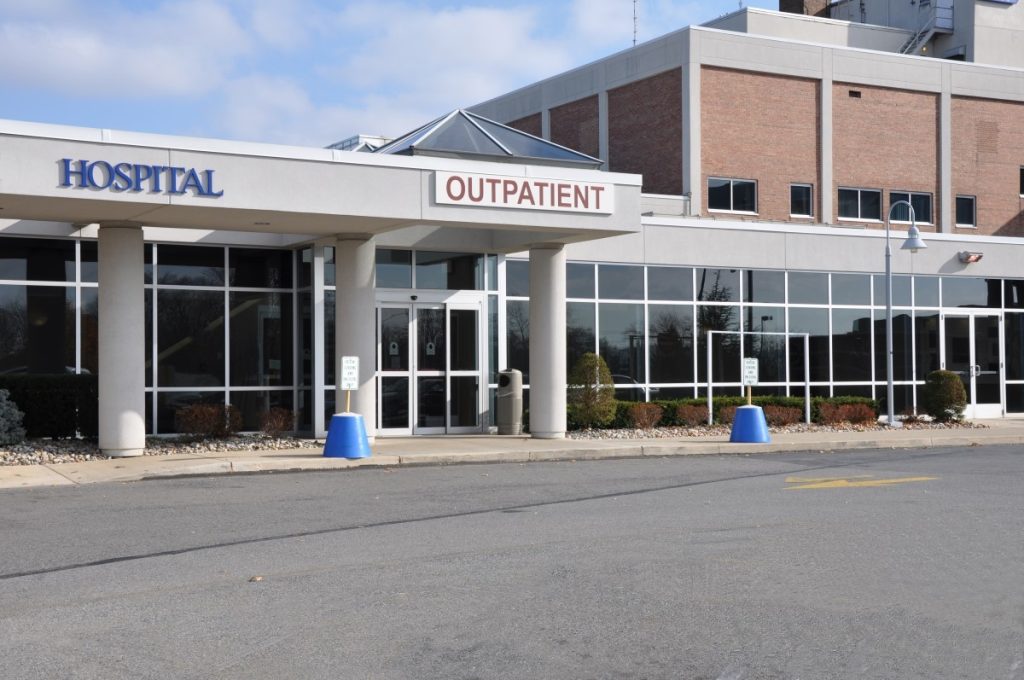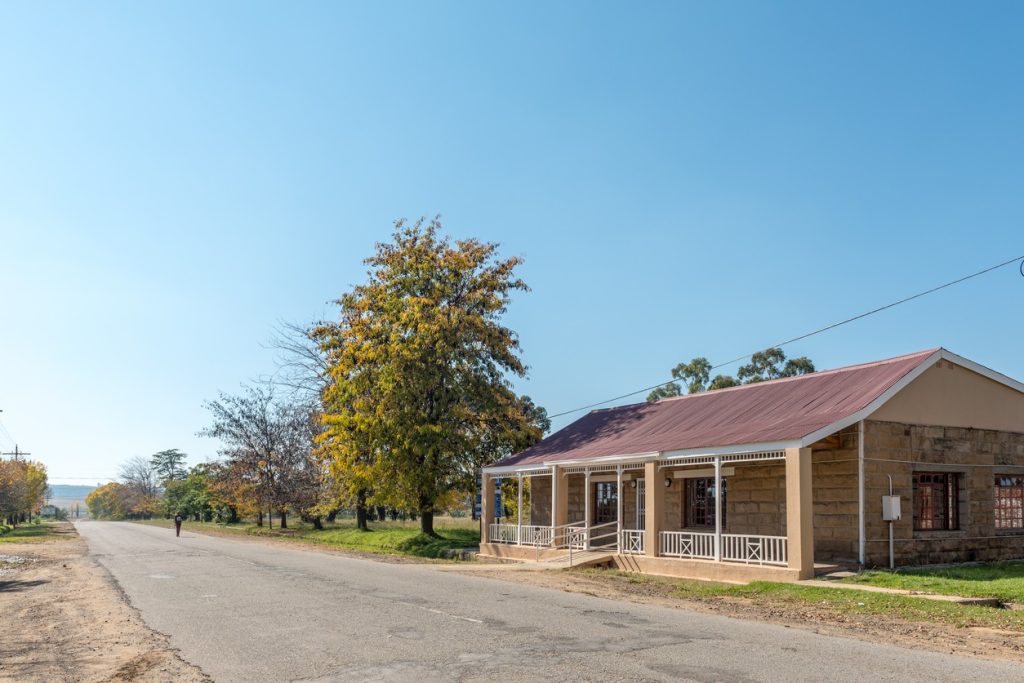
Medicare Swing Beds: A Vital Service for Rural Communities
What Is A Swing Bed?
A swing bed is a physical hospital bed that can be used for two purposes – acute and post-acute care.
The purpose is to allow patients in rural communities to receive quality post-acute care within their community. Prior to Medicare’s swing bed program, hospitals were only permitted to provide acute care often leaving discharged patients and families with no local options for needed skilled nursing care.
What Hospitals Can Provide Swing Bed Services?
The following requirements must be met to be approved for swing bed services:
- Less than 100 beds (original legislation limit was 50 beds
- Located in a rural area
- Contracted with Medicare
- Compliant with all Skilled Nursing Facility (SNF) requirements
Critical Access Hospitals (CAHs) are also eligible by nature and are required to be compliant with the SNF requirements as well.
Hospitals meeting these requirements can enter into Medicare’s assessment process to be formally approved to provide SNF services under their swing bed program.
What Are The Benefits Of Swing Bed Programs?
Swing Bed Benefits For Patients:
- Patients feel more cared for
- Patients get to stay local, families can visit
- Less disruption to care
- Providers can check in on patients more
- Increases access to care, especially local care
- Access to necessary specialized equipment not found at nursing homes
Swing Bed Benefits For Rural Hospitals & CAHs:
- Helps fill empty rural hospital beds, providing a new revenue stream
- Removes restrictions for a separate facility for post-acute care
- Reduces readmission rates
Why Did Medicare Allow Swing Bed Reimbursement?
Medicare allowed Swing Bed reimbursement because, in the 1960s, legislators were looking for ways to financially bolster rural community hospitals and better serve patients.
At the time, there was a shortage of post-acute care facilities for rural patients to transfer to after hospital discharge. Rural hospitals always had the capabilities to care for these patients, but they were not approved to provide or bill for post-acute care services.
Doing so would put their hospital status in jeopardy.
Once the concept of Swing Beds was born, studies and demo sites were put in place to demonstrate the viability of the swing bed concept. In 1980, formal legislation was enacted, and the swing bed program grew to a 97% adoption rate at eligible hospitals by 1986.¹
The Complete Guide To Selecting An EHR Vendor
The EHR vendor selection process is no small task.
An EHR system is a significant expense and most EHR vendors have a long onboarding and data migration process that could interrupt your day-to-day workflow. And that’s to say nothing of the fact that your business and patients are depending on a reliable, user-friendly system with accurate data.
These are 7 important steps when choosing an EHR vendor, we examine each in this article.
What Impact Do Swing Beds Have?
Swing Bed Impact On Patient Care
Studies show that patient outcomes are improved when receiving post-acute care at the hospital. Additionally, patients feel more positive about receiving treatment and recovering in a setting they are comfortable in.
- In the least populated areas, 40% of CAH patients discharged to SNF remain at their hospital versus 4% at other rural hospitals. This is due to CAHs being located in the least populated and most medically underserved areas.
- Illinois’ CAHs report, on average, the rate which patients recover and are discharged from a swing bed at a hospital is quicker, 10 days vs 26 at a skilled nursing facility.
- In Nebraska, five CAHs have no other post-acute care options other than swing beds. The swing bed program provides a critical service for patients to remain near family and receive the skilled care they need.
- Irvine, Kentucky’s CAH swing bed program slashed readmission rates in half and boasts a low rate of infection compared to nursing home facilities with a higher infection rate.
Swing Bed Financial Impact
Given the precarious financials of rural hospitals, swing bed reimbursements continue to accomplish their goal – to provide struggling rural hospitals a new revenue stream. CAHs are reimbursed at 101% of Medicare costs for swing beds; rural hospitals are paid under the SNF PPS. There has been scrutiny of the amount which Medicare pays CAH per day for swing beds under the cost-based reimbursement model. Other financial considerations include:
- More efficient use of nursing staff – with inpatient bed utilization down, nursing staff can be leveraged for swing bed patient care.
- Increased feasibility to expand services – Swing beds are often a gateway into providing new services and revenue for rural hospitals.
In 2015, the Office of Inspector General released a report scrutinizing the amount which Medicare pays CAHs per day for swing beds under the cost-based reimbursement model. It was their findings that Medicare was overpaying CAHs for swing bed services. The OIG recommended that CAHs be brought under the SNF PPS payment model for swing beds which CMS has declined to do.
Medicare Swing Bed Impact Exemplified
In Illinois CAH Network’s 2019 Swing Bed Study, more than a third of their CAHs attributed 20% of revenue to swing beds. And, nearly one-fifth reported swing beds accounting for 30% of their revenue.
Swing bed programs produce a needed revenue stream for CAHs and rural hospitals, but also a much-needed service for rural communities – providing care for elderly or recovering patients while keeping families united.
Swing Beds and Technology Challenges
1. How Quickly Can This Be Implemented?
Since the swing bed program affects a small, less-funded part of the industry, hospital EHRs historically were not built to handle swing beds. But, as technology and vendors have evolved, rural hospital can now find a handful of EHRs focused on meeting the needs of the rural healthcare environment including swing beds.
Azalea Health is committed to serving the needs of our rural hospitals. If your hospital is looking to make a change, we would love to start a conversation.
Sources
- https://www.cms.gov/Research-Statistics-Data-and-Systems/Research/HealthCareFinancingReview/Downloads/CMS1191012dl.pdf
- https://www.cms.gov/Outreach-and-Education/Medicare-Learning-Network-MLN/MLNProducts/downloer.org/resource-library/hospital-spotlights/mercy-health-marcum-and-wallace-hospital-invests-in-swing-bed
- https://icahn.org/wp-content/uploads/2019/02/ICAHN-Swing-Bed-Report-print-Final-1.31.19_for-transmittal.pdf
- https://www.ruralhealthweb.org/getattachment/Advocate/Policy-Documents/NRHAImpactofSwingBedsPolicyPaperFeb2016-(1).pdf.aspx?lang=en-USads/SwingBedFactsheet.pdf
- Mercy Health – Marcum and Wallace Hospital Invests in Swing Bed Program
Additional Resources

The 340B Program Guide

Rural Community Prosperity & The Role Of Healthcare

